I am the custodian of a large archive of images taken by at least five generations of my family, with the oldest negatives dating to the mid-1880’s. These taken by Percy Lund, my great-great-grandmother’s brother, and the one who taught many of those in the generations after him.
My great-grandfather Clarence (my grandfather’s father see A roll of My Grandfather’s Film) was an engineer and steam engine designer. From at least 1912 until his death in 1947 he kept a daily journal, to begin with mainly relating to his work but later including travels and more general information. Part of his job in the 1910’s was to travel the country visiting places such as mills, factories, foundries and mines looking for business anywhere that might need a new steam engine for power in the days before electrical grids. And of course he took his camera with him.
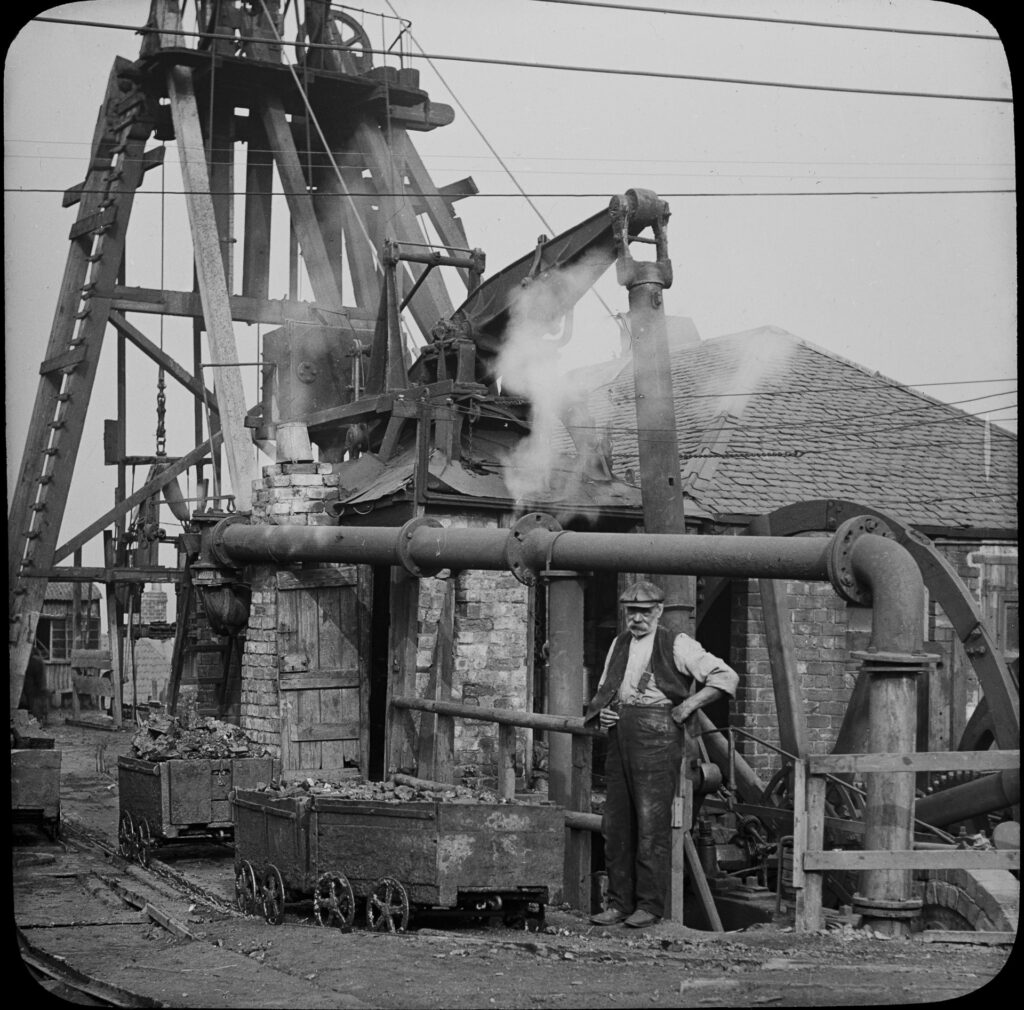
Friday 14th October 1914
Old Farme Colliery, Rutherglen, Glasgow.
“The colliery is situated on the banks of the Clyde near Stewarts and Lloyds. They have a very interesting engine for winding from one of their pits. It was put to work in 1809 (probably a wrong date) and has been working ever since i.e. 105 years. The engine is a Newcomen type although Newcomen had nothing to do with it. The engine has several times been described and I have descriptions of it filed away. I took several photos of it. It is only used for hoisting now, but was formerly used for pumping as well. When pumping the valve gears were operated by the plunge rod, but for winding the valve gear is hand operated. The present engine man is an old man and he was brought up at the mine and has been the engine man a great number of years. His father ran it before him.”
“Mr Anderson is the managing owner of the colliery, and he kindly permitted me to take photos. His son also invited me to his house and showed me many photos of the engine and gave me particulars. The engine is an interesting relic and should ultimately find its way into a museum. There are many ways of doing things we little think of in these days of wonderful machine tools.”
“The parallel motion is not quite accurate Mr Anderson says. I have not seen one like it before. The engine is connected to 2 single deck cages. The cages and tubs balance.
Rope 3 cwt.
Coal 7 cwt.
Total 10 cwt.
The depth of shaft is 270 ft.”
Extracts from Clarence’s journal. Part of a detailed description of the engine and it’s working. There is more but I have not yet been able to decipher it.
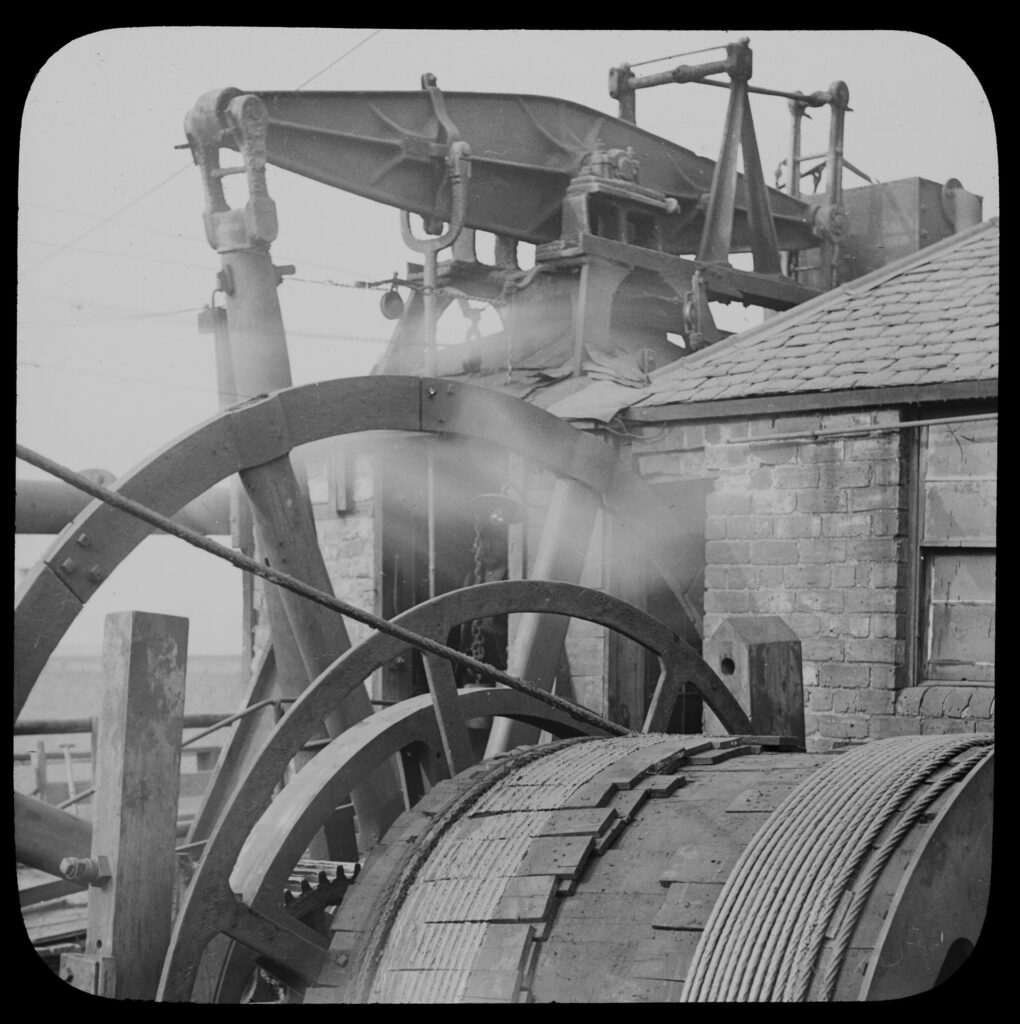
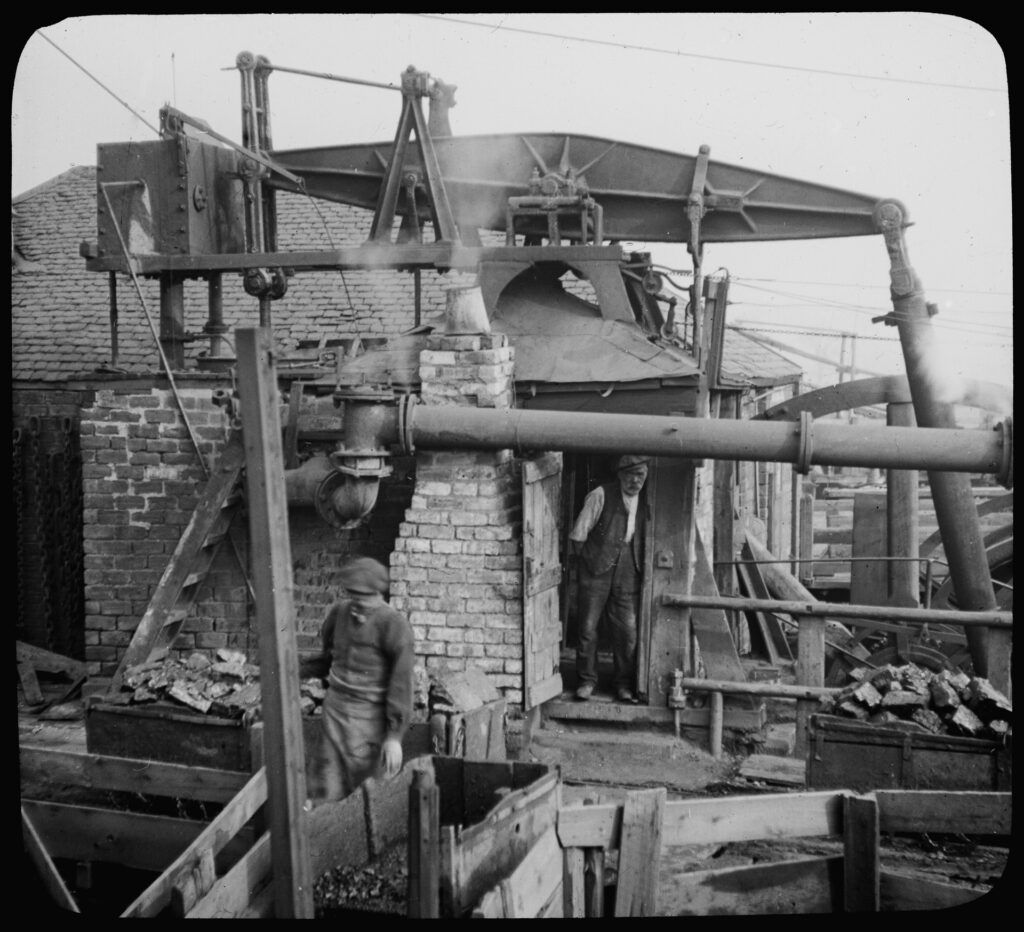
The Farme Colliery engine is now in the Summerlee Museum of Scottish Industrial Life. Some details of it’s history are in a blog here: Mysteries of the Farme Colliery Engine.
These photos are reproduced from lantern slides and were taken with either a ½ plate camera or possibly a ¼ plate which he seems to have been using more from around this time. Many of his slides have survived, but fewer of the original negatives. The slides have the advantage of usually having a title written on them, though relating this to pages in the journal can be a bit trying. Photographs taken before 1912, and there are many, may be related to the contents of a letter or a reference in a notebook but linking them is often a matter of chance.
These images and others like them along with the stories around them are also in a seldom visited corner of my website where I will add more over time, especially when I can link images and text. Clarence trained initially as a draughtsman, the diagrams in the heading are from his journal and were drawn freehand. Unfortunately his writing is at best an almost indecipherable scrawl.
Share this post:
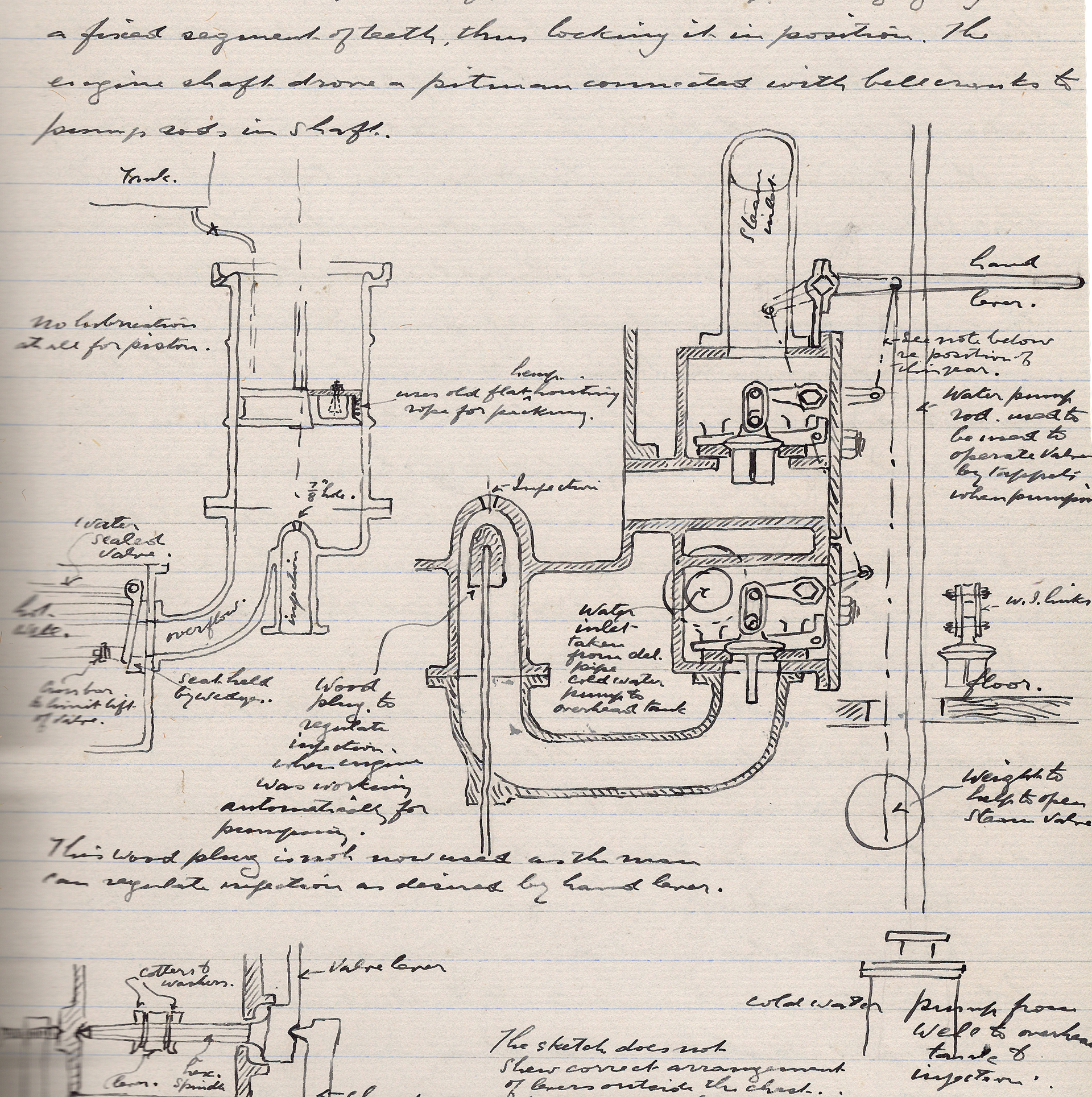
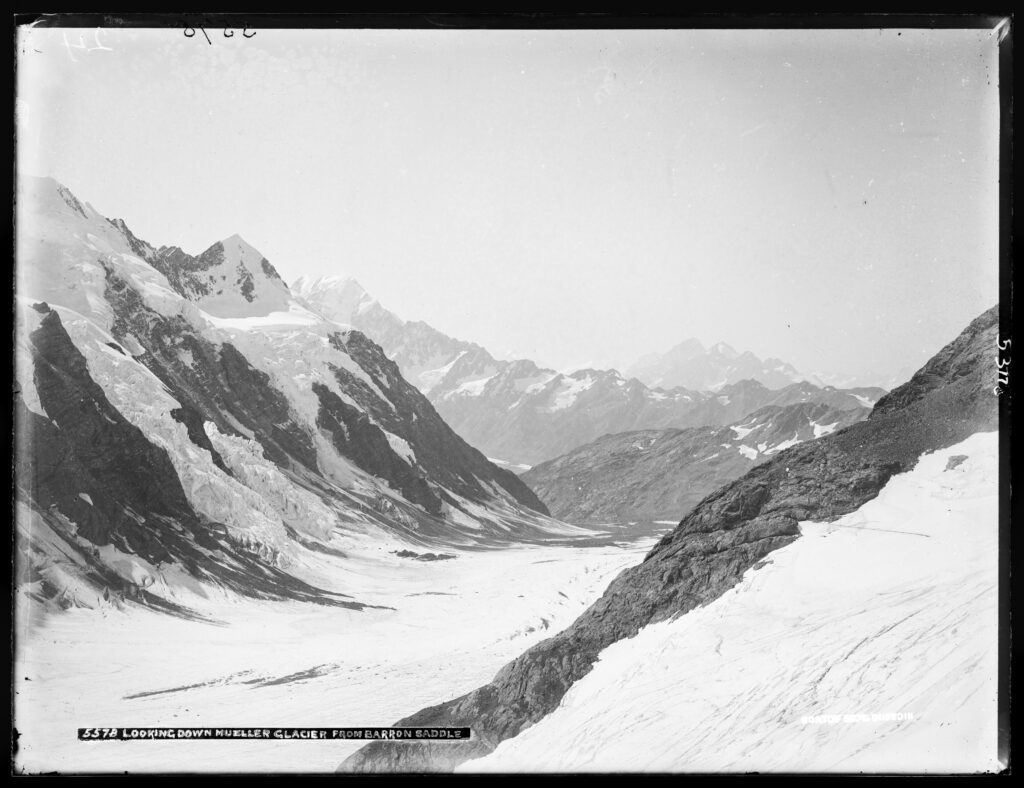
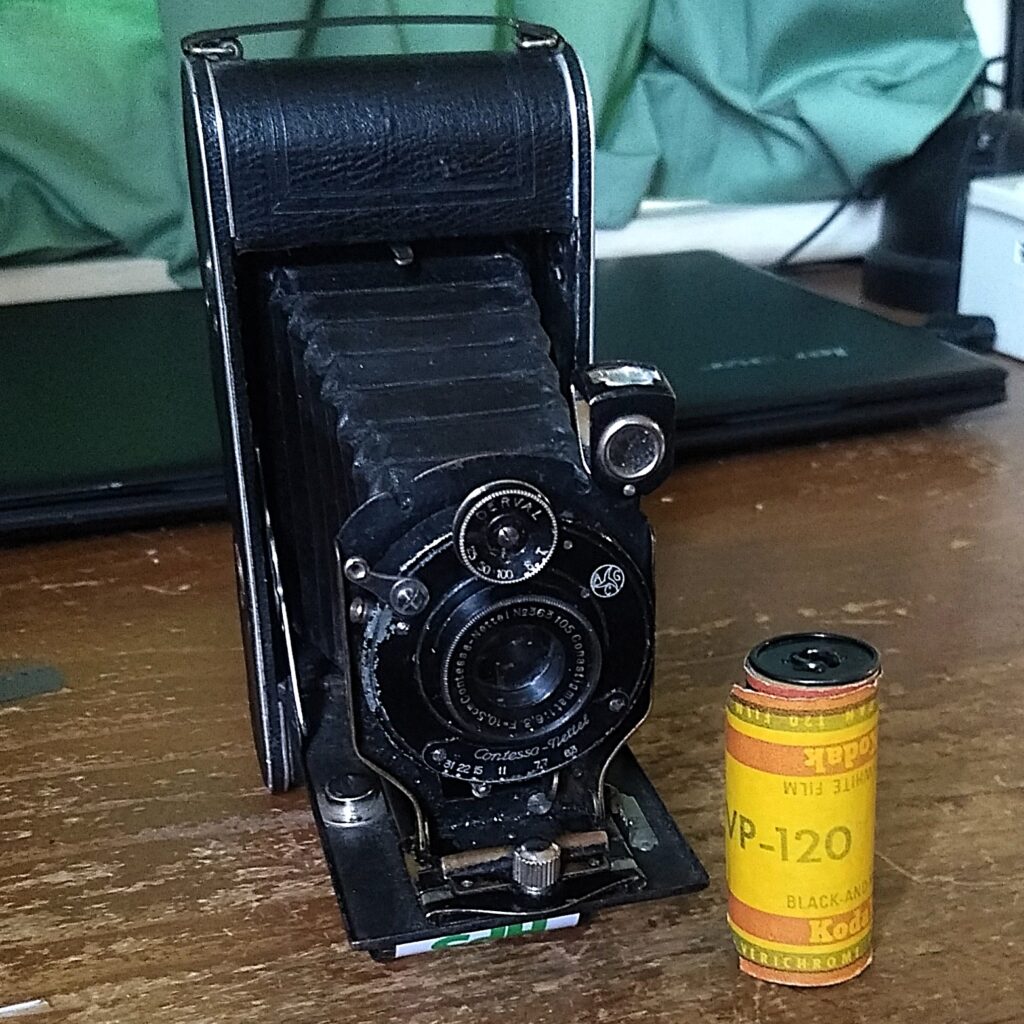
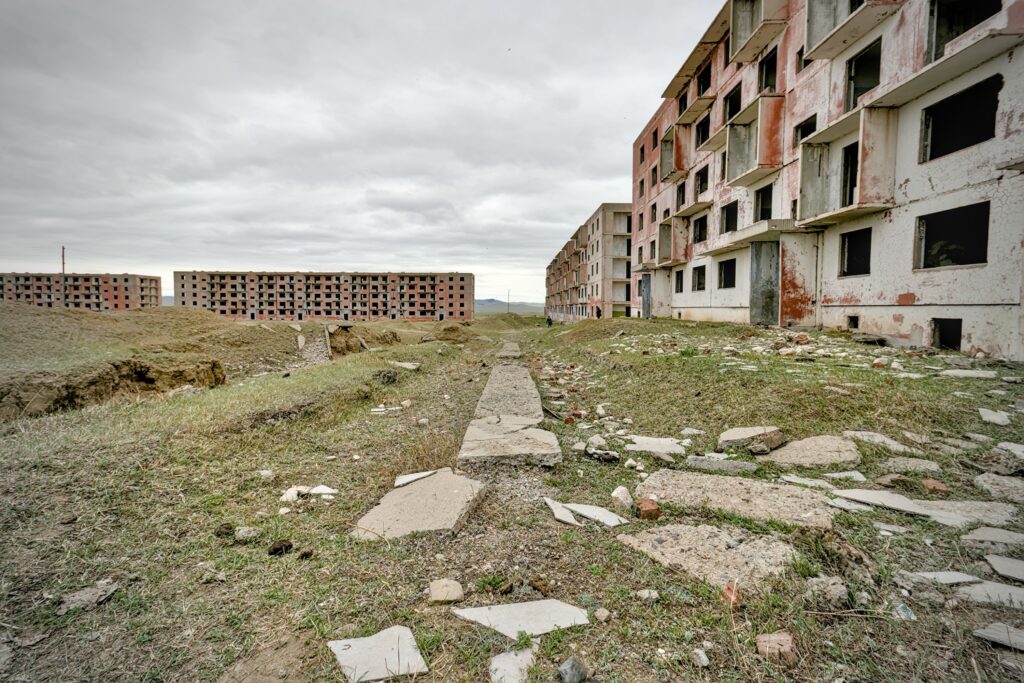
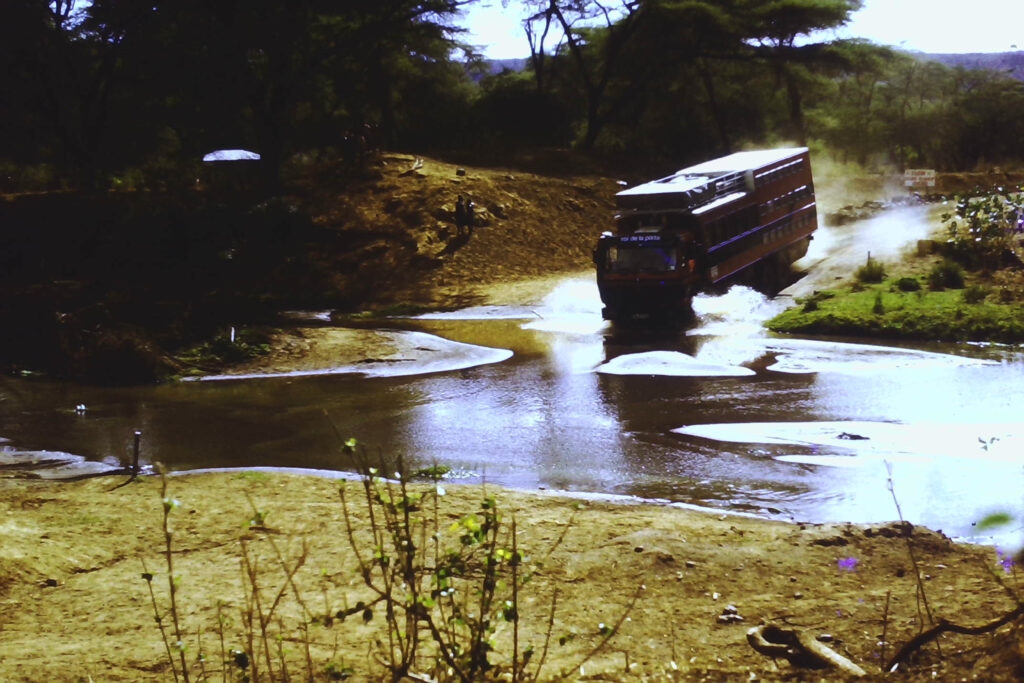




Comments
Malcolm Myers on Historical Records in Family Photographs
Comment posted: 24/03/2024
Comment posted: 24/03/2024
Ibraar Hussain on Historical Records in Family Photographs
Comment posted: 24/03/2024
What an honorable and noble position and exciting and very important - and lucky to be given the responsibility to mind history and to pass it on.
And thanks for your website link which I’m going to visit
Comment posted: 24/03/2024
Jalan on Historical Records in Family Photographs
Comment posted: 24/03/2024
Comment posted: 24/03/2024
Gary Smith on Historical Records in Family Photographs
Comment posted: 24/03/2024
Comment posted: 24/03/2024
Geoff Chaplin on Historical Records in Family Photographs
Comment posted: 24/03/2024
Comment posted: 24/03/2024
Bill Brown on Historical Records in Family Photographs
Comment posted: 25/03/2024
Comment posted: 25/03/2024